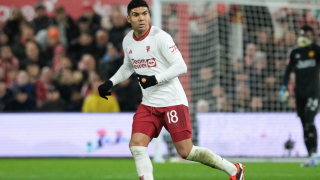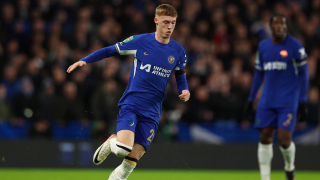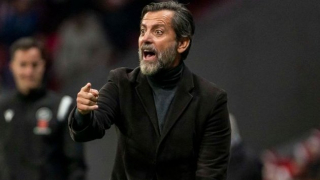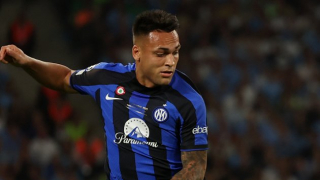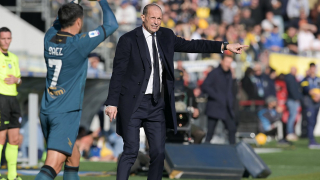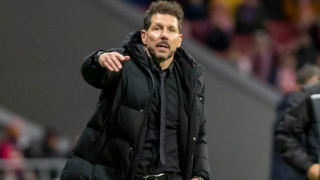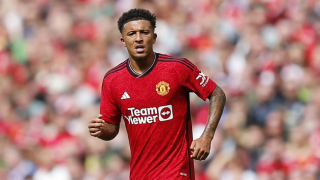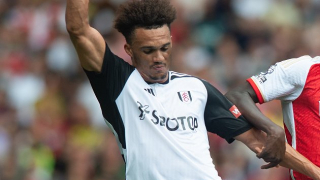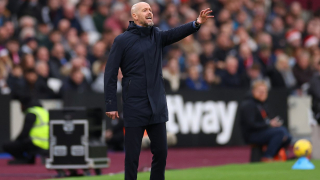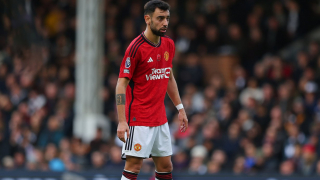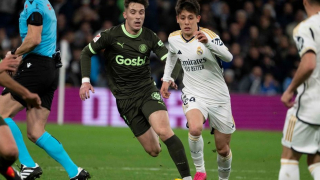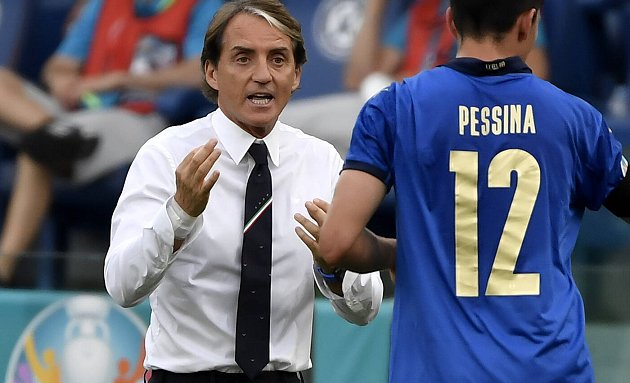Going into Euro 2020, one of the big questions was this: How would players fare physically after a uniquely tough club season? In a condensed 2020/21 campaign, top European teams generally had less time to recover between matches. Without changes to the usual fixture schedule, the Premier League and La Liga's timeframes were half a month shorter than usual. Serie A and the Bundesliga's timeframes were one month shorter than usual.
Players did not play more games, but they did complete their fixtures in a shorter time span. That meant more midweek matches, and shorter rest periods. Understandably, the fear was that this would have a negative knock-on effect on the Euros, where again the players would have to compete once every four or five days.
Discussion before a major international competition is always dominated by concerns over the physical condition of specific players, usually the stars. This time the concern was more general in nature. But entertainment levels have not suffered as a consequence of this. In fact, there are some teams showing few, if any, signs of fatigue.
Spain's 5-3 extra time win over Croatia in the second round was defined by the sheer intensity of their pressure. In a clash of two highly technical teams, Spain gained the upper hand by constantly swarming their opponents, at speed, whenever Croatia won possession. They went hunting for the ball in packs. It was all Croatia could do to get past the halfway line.
In tactical parlance, this is known as 'counter-pressing'. When one team wins possession and tries to build an attack of their own, the other team closes them down instantly and in numbers. This takes a great deal of fitness and a high work rate, because it involves quick reactions and sprints immediately following a failed attacking sequence, when spirits can be low.
Luis Enrique's selections have come under scrutiny, but perhaps he is simply rotating to keep players fresh? Certainly, something is going well, because Spain are without question the most effective pressing team at Euro 2020. At a time when many teams look as if they are wading through mud, Spain are pressing as if weights have been taken off their boots.
PPDA - passes allowed per defensive action - is one way to gauge how intensely a team pressures in comparison with their peers. Spain, unsurprisingly, are well ahead in this metric, per Wyscout. They allow 5.9 passes on average. The closest to them, Poland, allowed 8.2 on average.
The above image underlines the notion that, generally speaking, teams aren't pressing as intensely as they normally would after a uniquely taxing, condensed club season. At Euro 2016, the tournament average PPDA was 11.6. This time around, it's 14.3. More passes are being 'allowed'. But, at least according to this data, Spain are pressing more intensely not only than everyone else at Euro 2020, but everyone at Euro 2016.
FBref data also highlights how effective Spain's pressing is. Their 'Successful Pressure Percentage' shows how often a team's pressure led to them gaining possession of the ball within five seconds. Spain lead the way here too, with a success rate of 38.4%. Not far behind them are Denmark, with a success rate of 35.2%.
Denmark reached the quarter-finals of Euro 2020 in large part due to the intensity and effectiveness of their pressing game. They may not counter-press with the same collectivism and speed of Spain, but they do press high in organised play. The best example of this was against Belgium in the group stage. Despite eventually losing the game, Denmark rattled their opponents with sustained high pressure in the first half and forced errors deep in Belgian territory.
The graphic below shows the difference in location of turnovers in Denmark versus Belgium (left) compared to Finland versus Belgium (right). Finland had less possession, so defended for longer periods than Denmark. Despite that fact, Denmark forced more turnovers in the Belgian half than Finland (10 to 7).
This underlines the difference in the two teams' defensive approaches. While Finland defended in a low block and only really put pressure on in their own half, Denmark pressed high.
Then there is the Azzurri. Italy, like Spain, are a Euro 2020 quarter-finalist with heavy counter-pressing. Their second round win over Austria was not their best performance by any means, but the Italians nonetheless tried to close down in numbers during transition moments. What made this game tighter than their group matches was that Austria had the composure and technical ability to keep the ball and find a way out of the pressure.
Many looking at the data might suggest Italy aren't as successful at high pressing or counter-pressing as Spain or Denmark. They are, after all, middle of the road when it comes to Wyscout's 'PPDA' or FBref's 'Successful Pressure Percentage'. But pressing doesn't need to force quick turnovers to be effective.
What the data doesn't show, for instance, is how often Italy's counter-pressing slows the opponent's attack, reducing the threat of a fast breakaway. Here's one example. Italy lost possession against Switzerland after a failed Nicolo Barella through ball. Two or three players closed in and took away the short pass option. This forced Switzerland to recycle the ball, and Italy gained time to get back into their defensive shape.
One last interesting statistic: Italy are in the Wyscout top four, alongside Spain and Denmark, when it comes to shots conceded per 90 minutes. These are three of the most noticeable teams at Euro 2020 when it comes to high pressing or counter-pressing or a combination thereof, and all three are among the best when it comes to blunting attacks. Chances are, if you play one of these teams, you're only going to manage five or six shots at goal in the whole match.
As others, including France, fall by the wayside without a real concerted effort to apply pressure, Spain, Denmark and Italy act as evidence of the success an intense pressing game can bring at Euro 2020. They are still sprinting as everyone else slows. The next question is: can they do it for a whole tournament?


